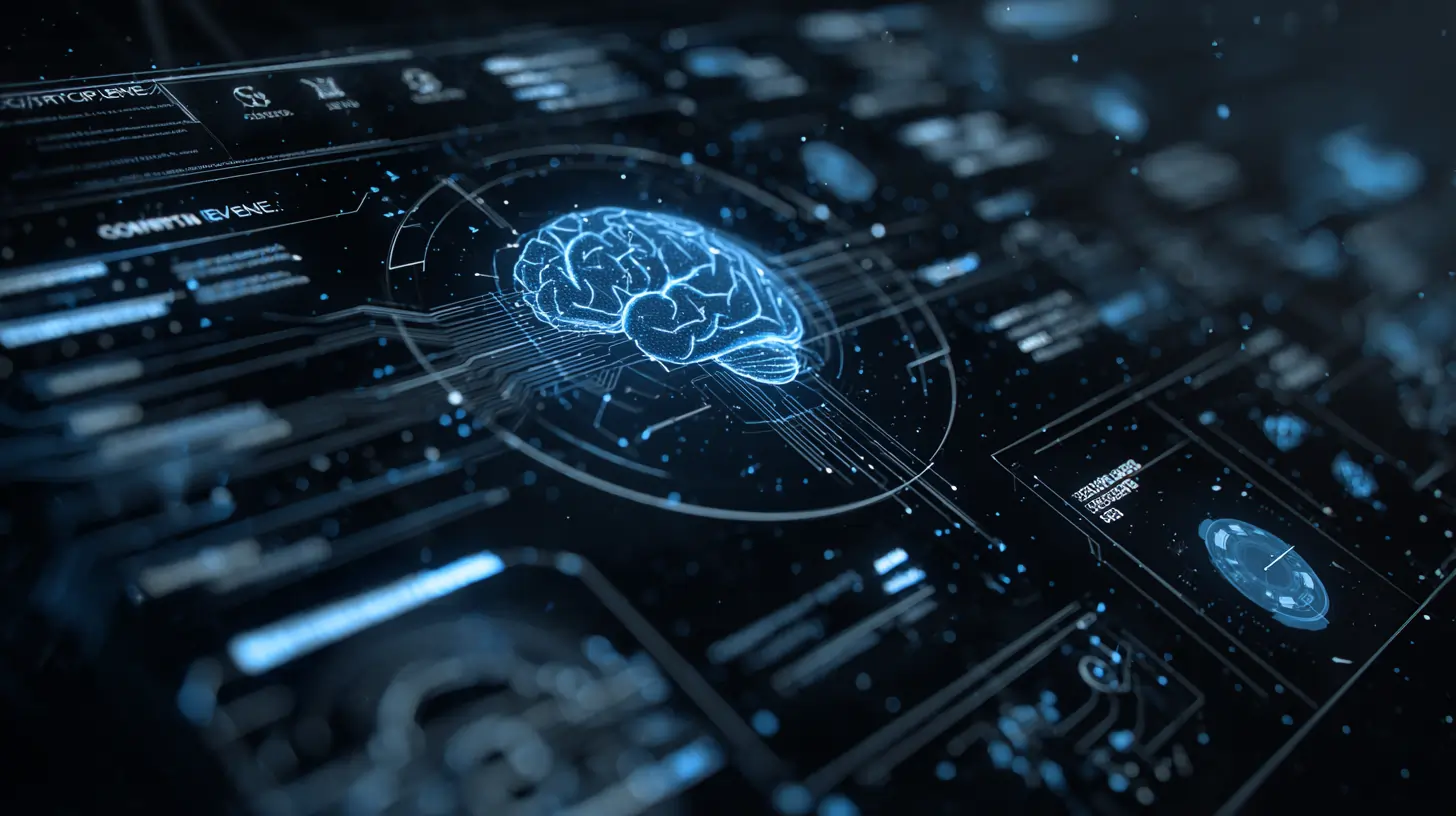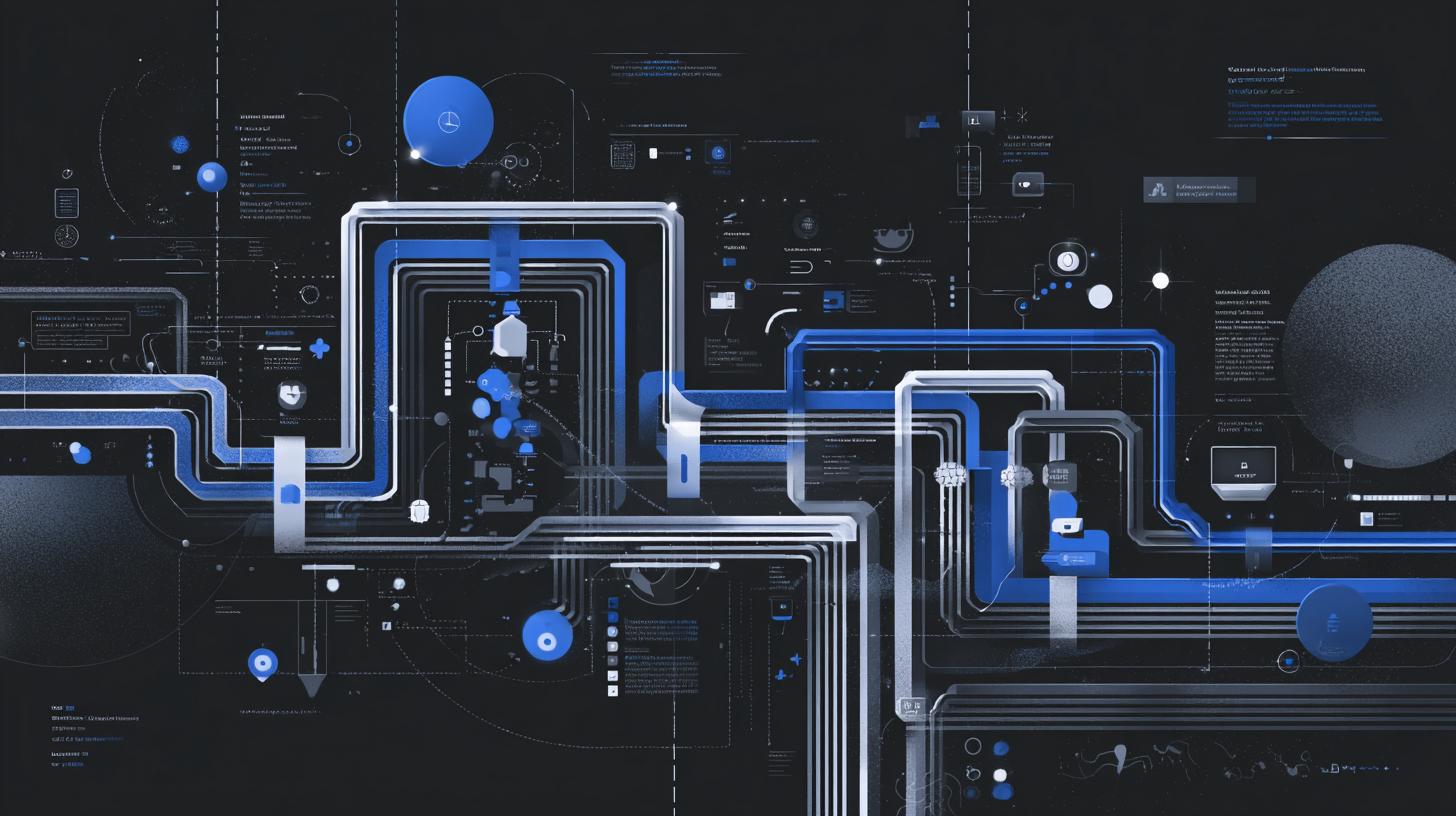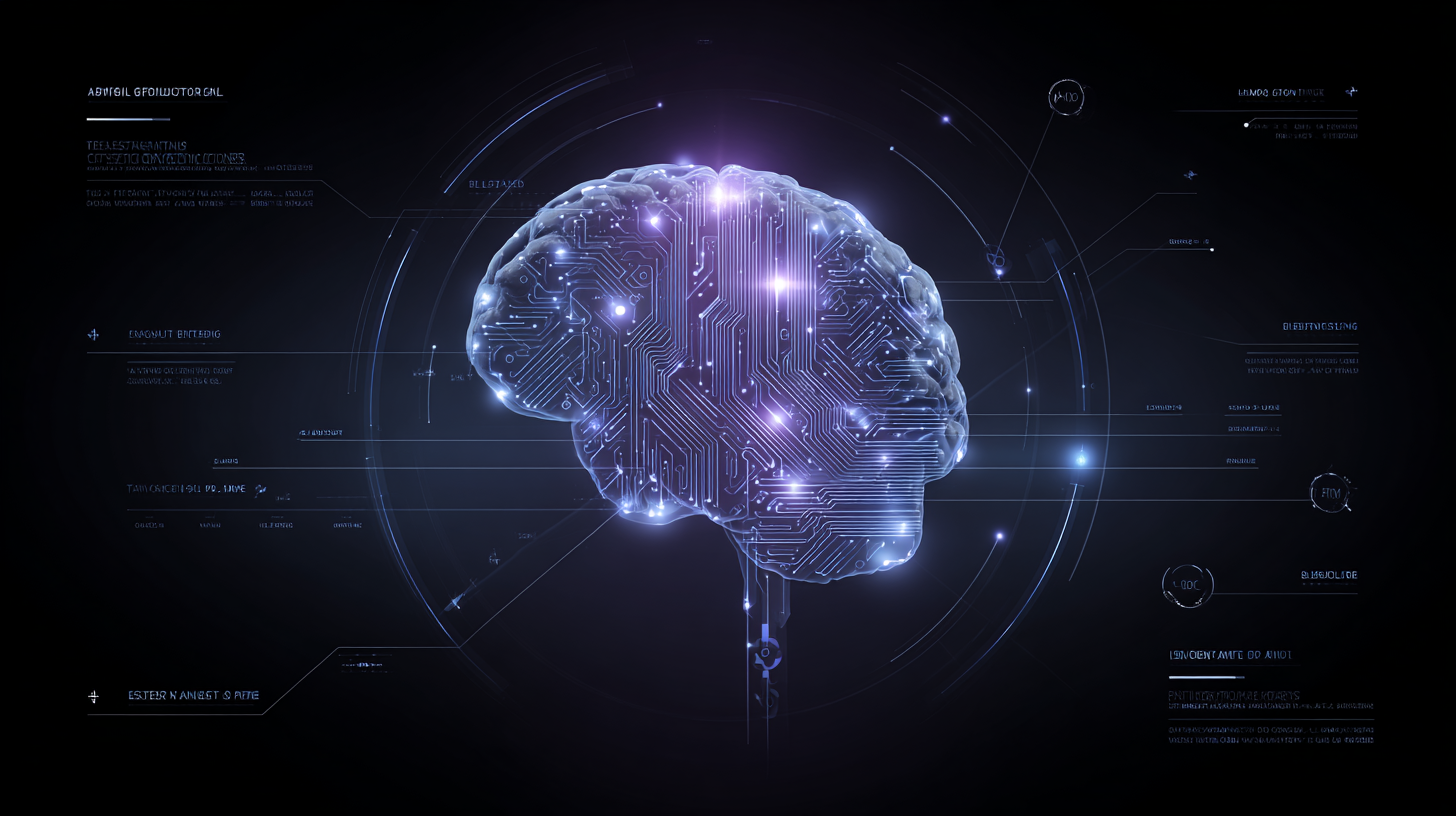If your stakeholders are still chasing a “no-copy, zero-ETL” future, pause. Replication is and will remain part of how large data estates work. CPUs don’t move to data; data moves to compute. The strategic question isn’t “How do we eliminate copies?” but “How do we make every copy trustworthy, reusable, and explainable so AI and analytics deliver business value consistently?”
This article reframes the debate with an enterprise-grade perspective:
- Replication exists in every paradigm (Data Mesh, Warehouses, Lakehouses, Data Products)
- BI tools already replicate, often more than you think
- The durable advantage comes from data quality, semantics, and reusability, not from pretending replication can disappear
- A Knowledge Graph embraces this reality, minimizing unnecessary copies while adding the semantic backbone that turns data into operational knowledge
The Uncomfortable Truth: ReplicationIs Everywhere
No architecture removes replication entirely. Whether you run a centralized warehouse or a federated mesh, queries with wide joins, cross-domain filters, or strict latency targets will physically consolidate data. “Zero copy” works only in narrow cases (small, selective results; co-located compute; no wide joins). That’s not how complex, cross-domain questions behave in real enterprises.
Even in Data Mesh, consumers (BI tools, reverse-ETL, ML pipelines) create their own caches and materializations. Tableau, SAC, and Power BI routinely extract, cache and re-load data for performance and interactivity, hidden replication you’re likely already paying for in both egress and operations.
Bottom line: replication is not a failure; it’s physics. Optimize it, govern it, and make every downstream use semantically consistent.
Ideal vs. Reality: Why the CopiesMultiply
The Ideal (rare today): one platform per domain, truly consumer-oriented data products, and only the necessary subset of data loaded for each use.
The Reality: multiple platforms per domain, source-oriented products (raw tables and views), and pervasive “views-only” patterns. Consumers then build their own steps, full copies included, to make data usable. The result is more duplication, not less.
The main accelerator of extra copies? Cross-domain queries. As soon as a question spans CRM+ERP+SCM (or multiple clouds/regions), you’ll physically gather data. There is no architecture that prevents this in the general case.
The Enterprise Pivot: From “FewerCopies” to “Reusable Information”
Chasing fewer copies is a cost-reduction tactic; chasing reusable information is a value-creation strategy. The decisive move is to add a semantic layer that:
- Defines what a “customer,” “contract,” or “ticket” is across domains
- Encodes business rules so contradictions surface early
- Grounds LLMs and analytics in traceable facts rather than probabilistic guesses
This is the role of a Knowledge Graph anchored in enterprise ontologies. It links data (products) into a coherent information layer, always live, cached where economical, so every consuming system reads the same meaning.
Where d.AP Fits (and Why It’s Different)
d.AP is an ontology-grounded LLM & Knowledge Graph platform that accepts reality: some replication is necessary; unnecessary replication is not. Concretely, d.AP:
- Replicates no more than today’s BI tools, often less. Instead of many opaque, inconsistent caches, d.AP makes deliberate, governed materializations (e.g., a single nightly or incremental pull) where performance or economics demand it
- Heals broken data products. It harmonizes and enriches source-oriented outputs with semantics, creating a stable, reusable “ideal world” for analytics and AI, without forcing you to rebuild your stack
- Grounds GenAI on facts. Users ask in natural language; d.AP translates to SPARQL, queries the knowledge graph, and returns live, explainable answers. Traceability replaces “trust me” outputs
- Delivers impact fast. Typical patterns: first productive use cases in <3 months; subsequent systems integrated in 1–2 weeks; 70–80% lower cost vs. traditional ways of integrating and merging data
A Practical Framework to Align Stakeholders
Use this five-lens framework to steer discussions away from abstract ideals and toward measurable value:
- Physics
Replication happens when queries are wide, cross-domain, cross-region, or latency-sensitive. Your goal: govern it, not deny it
- Platforms
Expect BI tools to cache and extract. Consolidate those patterns into fewer, governed materializations, preferably once, not per dashboard/user
- Products
Insist on consumer-oriented data products (business-ready semantics, not raw). Source-oriented “products” only shift the modeling burden to every consumer, multiplying copies
- Semantics
Adopt an enterprise ontology. It’s the Rosetta Stone that aligns ERP, CRM, SCM, and bespoke systems, making cross-domain use natural and repeatable
- People & Process
Create a light-weight, federated governance loop (define → validate → publish). In practice, this stops “copy creep” more than any technology slogan can
Conclusion
“Zero ETL” makes a great headline, but physics, and enterprise reality win. Instead of denying replication, govern it with semantics. An information layer turns scattered data and scattered copies into coherent, reusable information for analytics and AI.







